September and October at Rashi are full of meaningful Jewish holidays. Following the reflective and important ‘Days of Awe,’ Rosh Hashanah and Yom Kippur, comes Sukkot, Shemini Atzeret, and Simchat Torah. This week we shook the lulav (palm frond bound with myrtle and willow) , saw how long the Torah scroll is, celebrated the sweet smell of the etrog (citron), and spent time together outdoors.
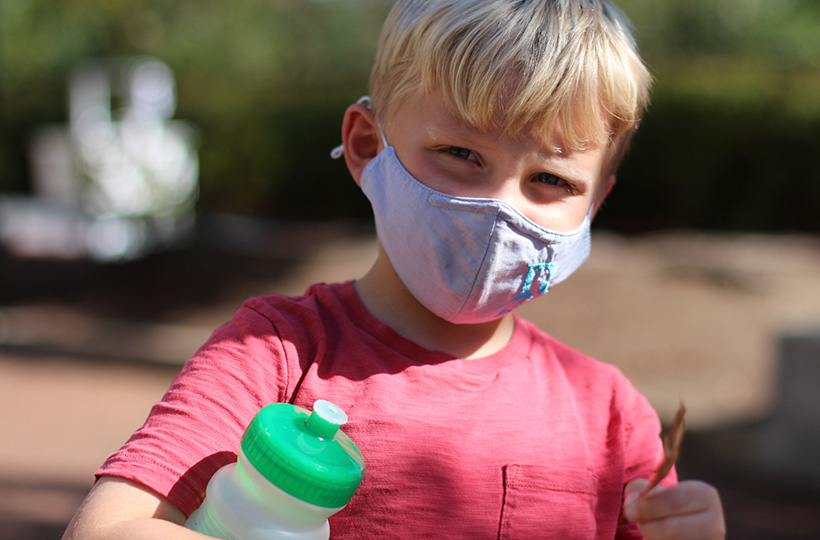
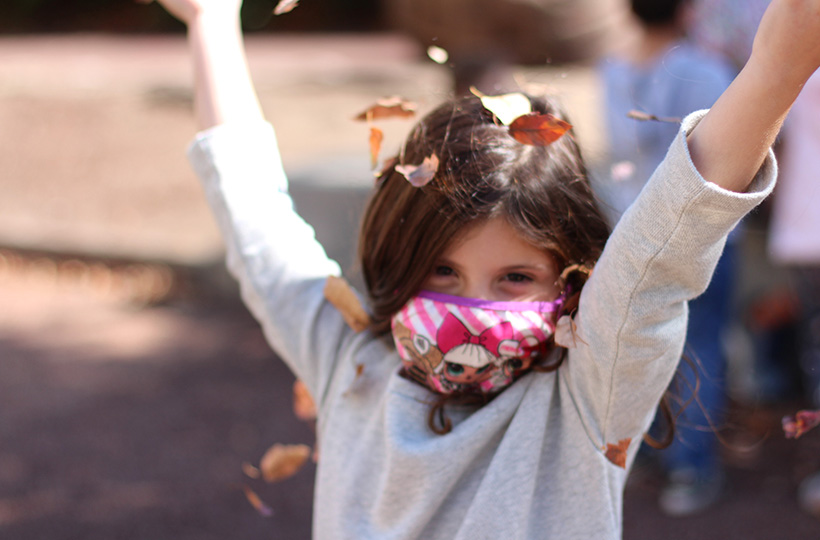
Sukkot
As shared in Dean of Jewish Learning Rabbi Sharon Clevenger’s note to families last week:
The Torah commands us to build and spend a week living in sukkot (the plural of sukkah, and also the name of the holiday) “In order that future generations may know that I [God] made the Israelite people live in sukkot when I brought them out of the land of Egypt.” Leviticus 23:43.
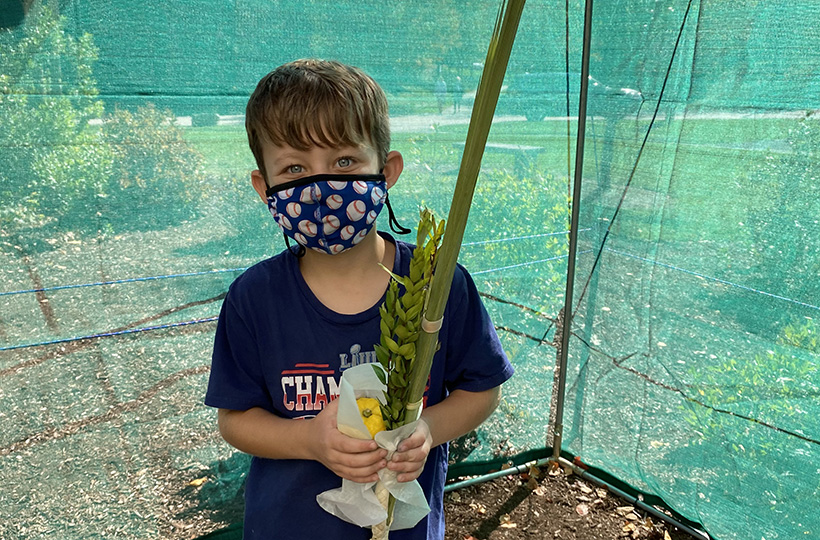
Rabbi Clevenger shared a story about the Rashi sukkah. It “tried to take flight. Our sukkah is built to last. It has a tubular steel frame, ventilated walls, a holey roof (per sukkah regulations, one must be able to see the sky through the roof of the sukkah), and the bottom of the frame was compressed into the ground with bags of stones weighing several hundred pounds. And yet, the right gust of wind came along, and whoosh, off it flew like an 8 by 8 by 8 foot box kite! Luckily, there were several adults nearby who grabbed it out of the tree that received it, and no one, not even the tree, was injured.”
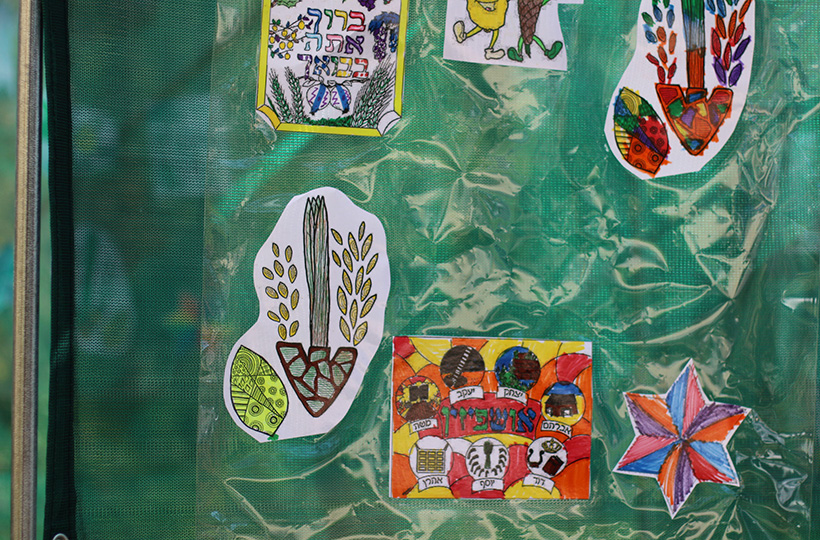
She continues, so why do we build a sukkah every year, choosing to relive a terribly difficult time in our story, and simultaneously knowing that the wrong gust of wind could destroy the structure itself? We do it because, amidst the fragility, perhaps despite the fragility, we put our faith in our ability to be strong in the face of adversity, to rebuild when we get knocked down, and to survive. To add to that, Sukkot is the only holiday for which the Torah commands us to be happy: “And you shall be happy before God for seven days!”
Rashi was indeed full of happiness this week.
Rashi was indeed full of happiness this week.
Visiting the Sukkah
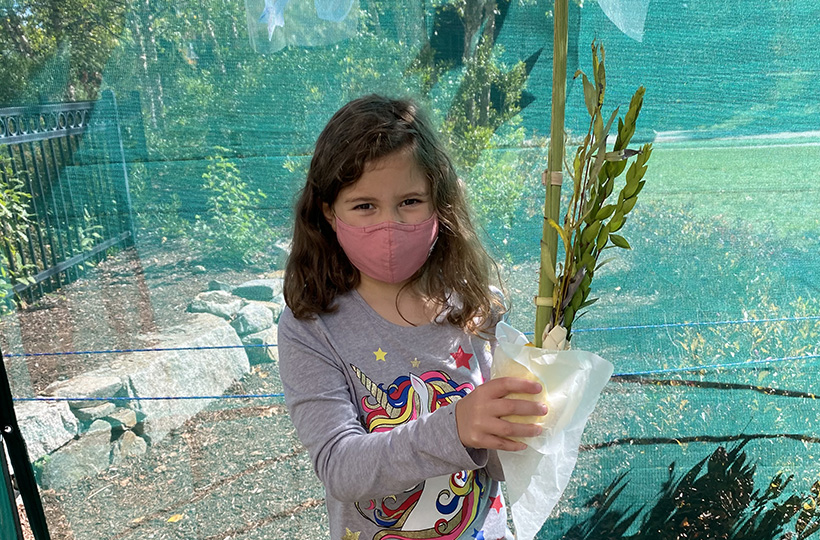

Students from Kindergarten to Middle School went into our school Sukkah, shaking the lulav and etrog. Grades 3-5 made decorations to make the sukkah a beautiful space. A Grade 6 student shared that learning with their Rashi classmates about Sukkot, and “being in the sukkah was a moment of normalcy in a not so normal time.”
Being in the sukkah was a moment of normalcy in a not so normal time.
Creativity Abounded
Grade 2 students learned about the temporary nature of the sukkah–it should have only three walls, and you should be able to see the stars through the roof. They applied their learning in a fun and hands on way, building their own mini Sukkah using graham crackers to construct walls and candy to create decorations and the scach of the roof.
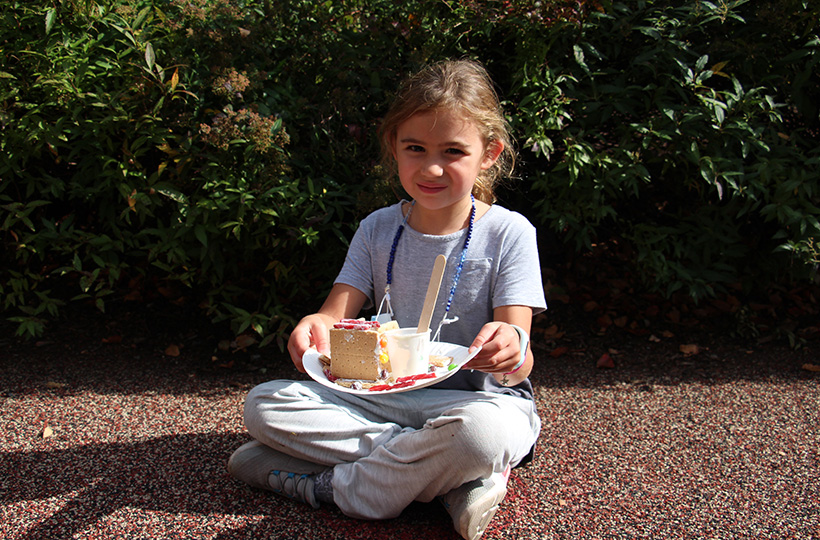
Sukkot drive
Led by the social justice team of Stephanie and Sherman, Rashi had a Sukkot Mitzvah Project. Each grade and faculty/staff were assigned one of three organizations to bring donations to–Book Donations to JFS Metrowest, “Apartment” Donations to Bridge Over Troubled Waters, and toiletries to Hope and Comfort.
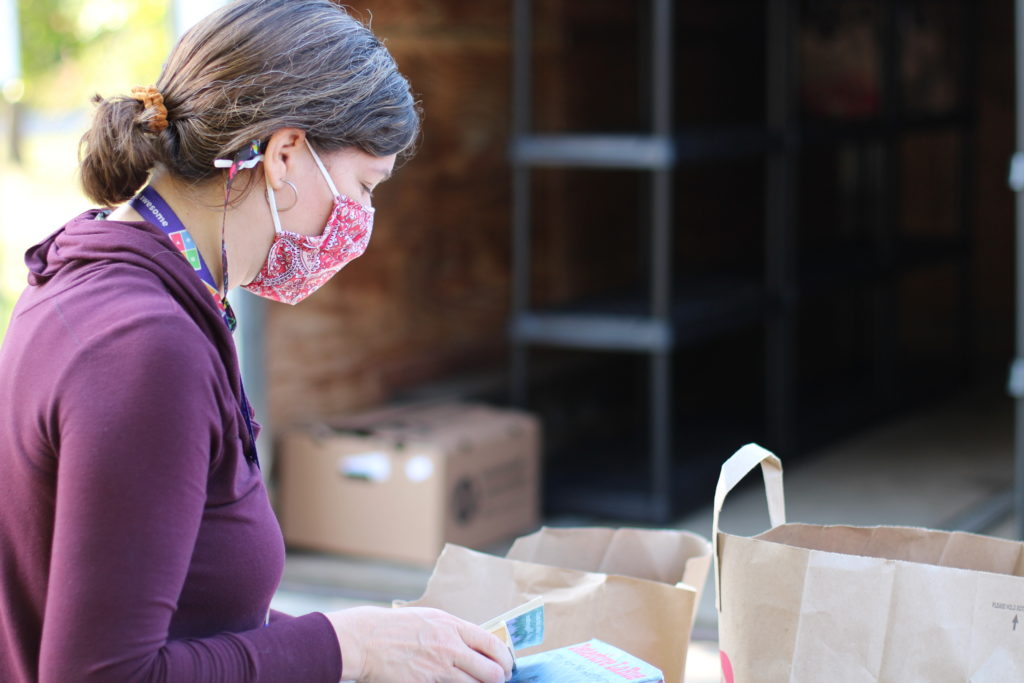
They said:
Another name for Sukkot is Z’man Simchateinu – the Season of our Rejoicing. It is the only festival that explicitly commands us to rejoice. This year as we rejoice in all of the blessings in our lives, we are especially mindful of the profound impact the pandemic has had right here on our local communities magnifying their already existing needs with the unexpected needs that have arisen from COVID-19.
This year as we rejoice in all of the blessings in our lives, we are especially mindful of the profound impact the pandemic has had right here on our local communities magnifying their already existing needs with the unexpected needs that have arisen from COVID-19.
Simchat Torah
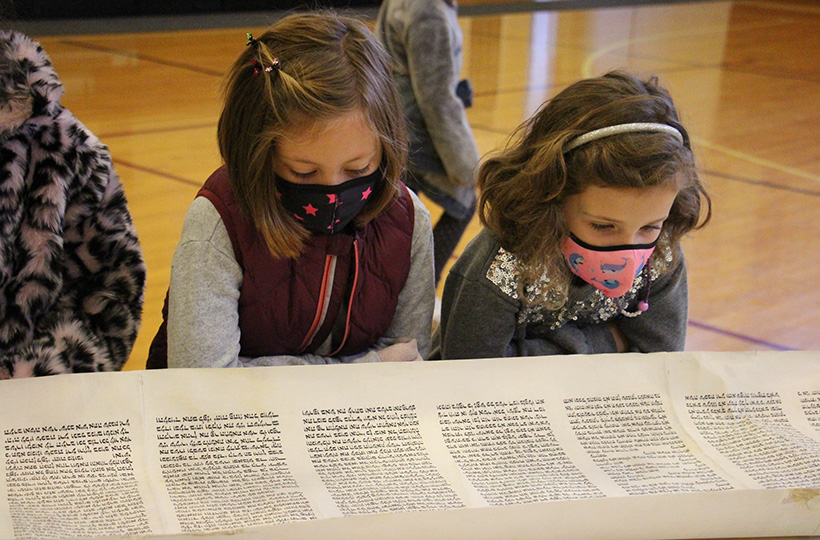
As Sukkot came to a close, we began celebrating Simchat Torah, a time in which we celebrate the Torah. Rabbi Clevenger and Rabbi Micah laid out the Torah in the Rashi school gym with signs noting some key parts of the Torah, from Joseph and his brothers, to the holiness code, to Exodus and others! Students learned about how a Torah scroll is painstakingly cared for and created by a scribe, and were able to experience the Torah up close.
Rabbi Clevenger shared:
Watching every student, teacher, and many staff (including those on Rashi Remote) file past the scroll that holds the origin story of our people was amazing! From our most new-to-Torah kindergarteners to our Grade 8 students who have seen the Torah many times before, everyone was moved by the sight and the experience. This might become a Rashi tradition!
Amidst the changes this year, because of the COVID-19 pandemic, we are far apart, masked, and socially distanced. But this week at Rashi showed that physical distance is not the measure of all forms of closeness as Rashi came together to rejoice and learn.

